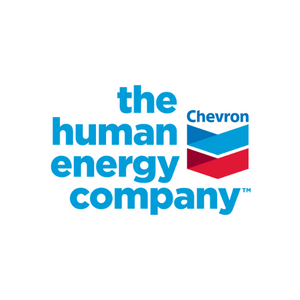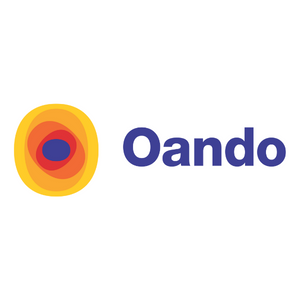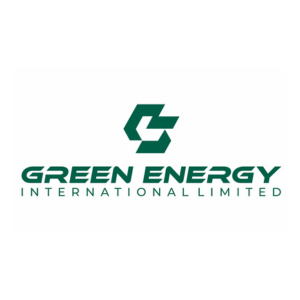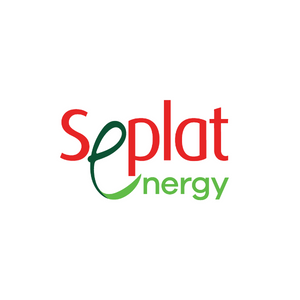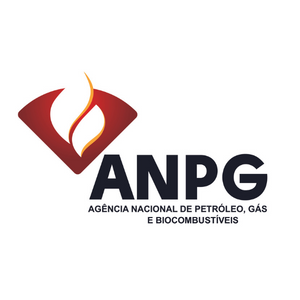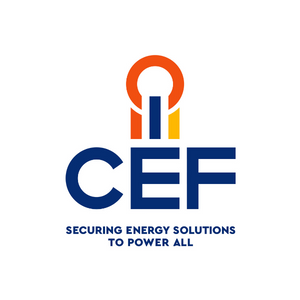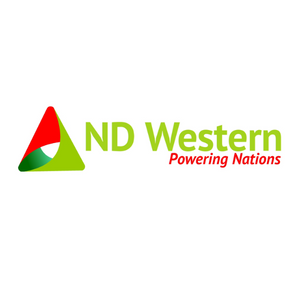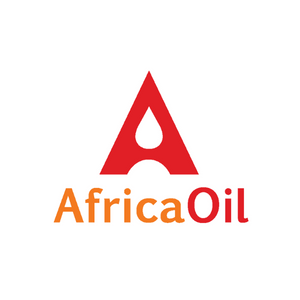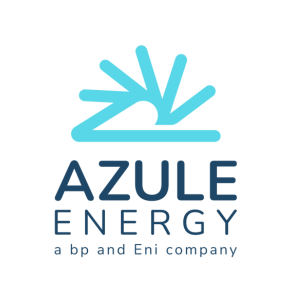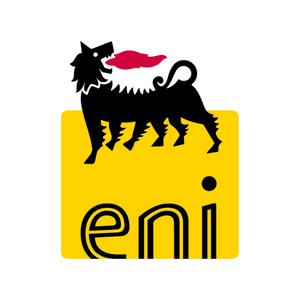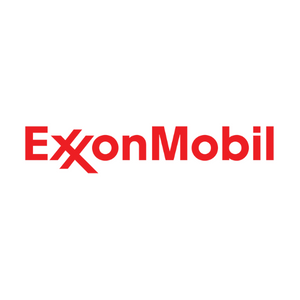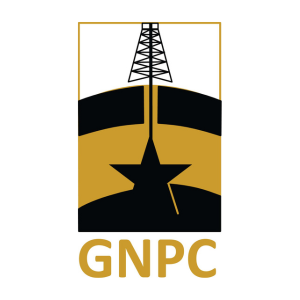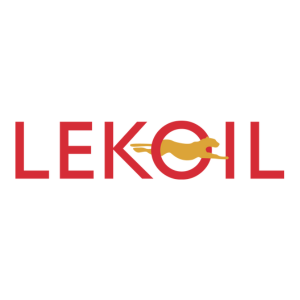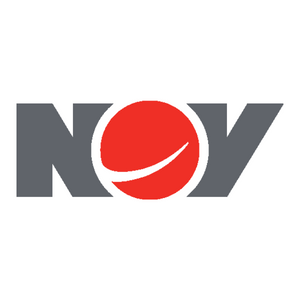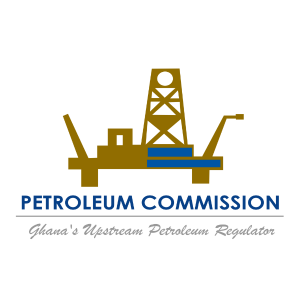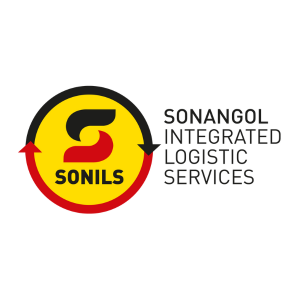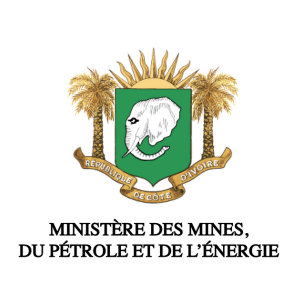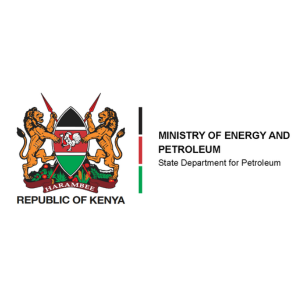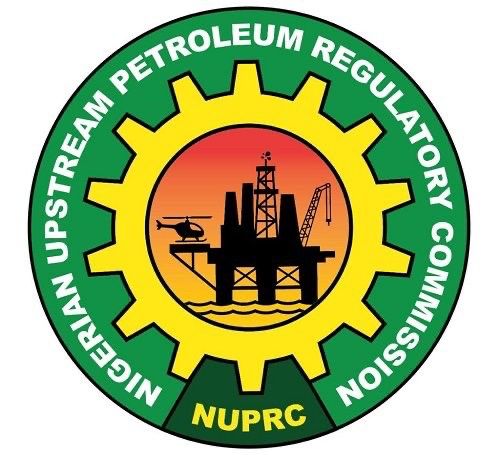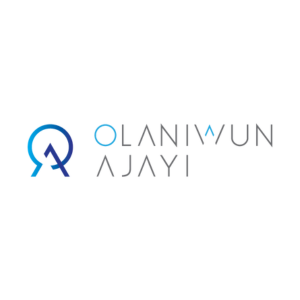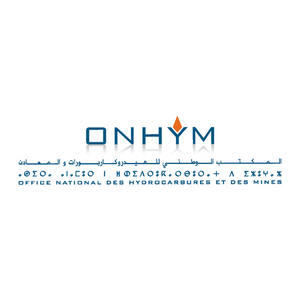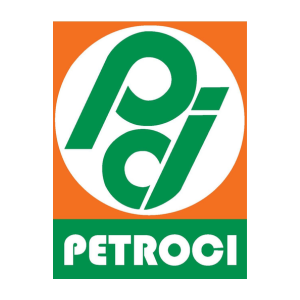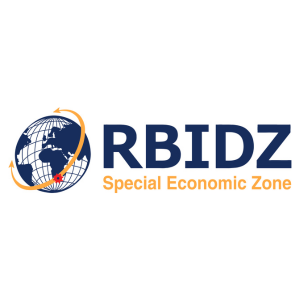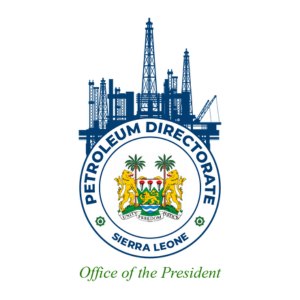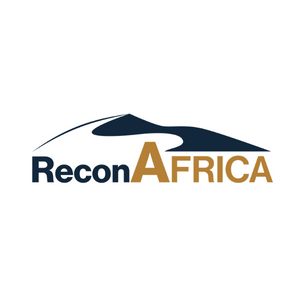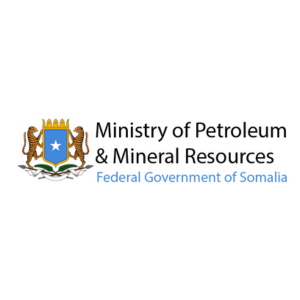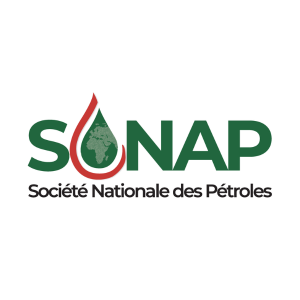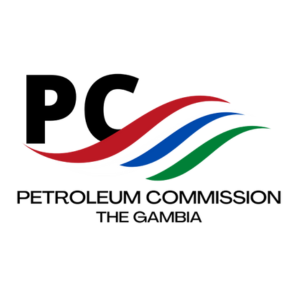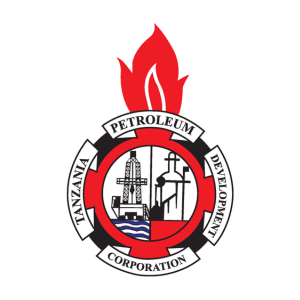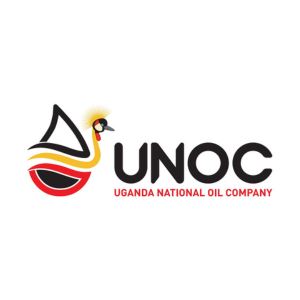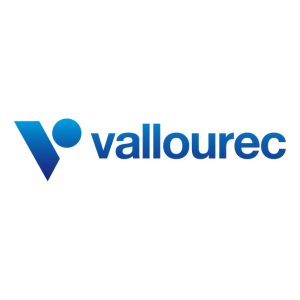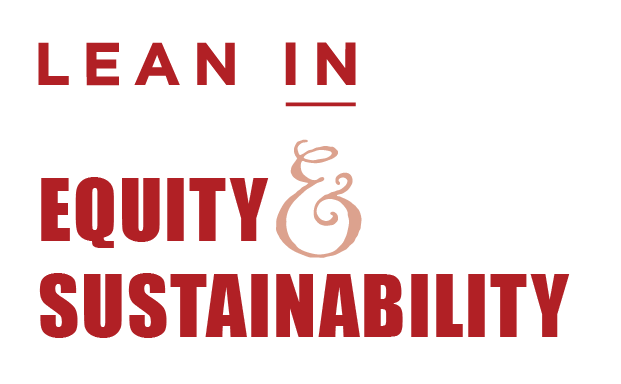Feb 08 | 2024
Africa faces a substantial infrastructure challenge. According to the African Development Bank, the continent needs to allocate $130bn to $170bn annually to bridge its infrastructure deficit, while grappling with a financing shortfall ranging from $68bn to $108bn.
Africa faces a substantial infrastructure challenge. According to the African Development Bank, the continent needs to allocate $130bn to $170bn annually to bridge its infrastructure deficit, while grappling with a financing shortfall ranging from $68bn to $108bn. This impedes both its economic and social progress, on the back of a persisting energy deficit.
MostAfrican countries are raising capital and attracting investments tackle this challenge by launching ambitious projects in energy, transport, and industry. Some of these projects are expected to bear fruit in 2024, while others may face delays or uncertainties.
Here are our top 10 picks for 2024:
1. Mphanda Nkuwa hydropower project, Mozambique
In Southern Africa, Mozambique will continue to progress its new 1,500-megawatt (MW) dam on the Zambezi river, 60km downstream of the existing Cahora Bassa dam. The $5bn project has been in the works since 1998 received a big boost last year following the signing of the joint development agreement between EDF (40%), TotalEnergies (30%) and Sumitomo Corporation (30%).
Mphanda Nkuwa will be one of Africa’s biggest hydro power and is scheduled to startup with the first turbine in operation in 2031.
2. Mauritania-Mali transmission line
To increase regional electricity trade, West Africa is working towards a $900m project to build a 1,373km high-voltage power line between Mauritania and Mali, with a capacity of 600MW. It also includes a 50MW solar plant in Kiffa, Mauritania, and the connection of 100,000 new households to the grid.
The project is part of a regional initiative to harness solar energy in the Sahel. It will also create a link in a planned power corridor that will connect Mauritania to Chad, passing through Burkina Faso, Niger and Mali.
It benefits from a strong backing from development partners led by the African Development Bank. Last December, the governments of both countries launched a call for bids on the project. The deadline for submission has been set for February 20, 2024, signaling that the commencement of construction activities is imminent.
3. Nigeria-Morocco gas pipeline
To further regional integration across West Africa, NNPC Ltd of Nigeria and ONHYM of Morocco continue to make progress on the future 5,600km pipeline that will carry natural gas from Nigeria’s Niger Delta to Morocco and Europe, passing through 13 African countries along the Atlantic coast. It was announced in 2016 and is expected to cost $25bn. It will have a capacity of 10 billion cubic metres a year and could cost as much as $25bn.
The project aims to enhance energy security and integration in Africa, as well as create economic opportunities and jobs along the pipeline route. Partners have registered progress in terms of feasibility studies, agreements and consultations but 2024 will tell if investors backing is following suit. In January, the governments of Nigeria and Morocco held discussions as part of efforts to fast-track the process of achieving a Final Investment Decision (FID).
4. Lake Albert refinery, Uganda
Uganda’s future 60,000-barrel-a-day oil refinery in Hoima district needs a final investment decision (FID) this year if it wants to be ready on time to process domestic oil from its western region.
The $4bn refinery is part of Uganda’s vision to develop its oil and gas sector, which also includes the EACOP pipeline to export oil to Tanzania. It will produce refined products such as petrol, diesel, kerosene, jet fuel and liquefied petroleum gas for the domestic and regional markets – making it the only operational refinery in East Africa.
The project has been delayed for years due to issues such as land acquisition, financing and contract negotiations. In January, Uganda announced it has opened talks with Alpha MBM Investments LLC, an investment firm based in the UAE, to develop the refinery. The discussions are set to conclude within three months, as disclosed by Energy Minister Ruth Nankabirwa in January.
With oil production slated to commence in 2025, Uganda is banking on the refinery to not only process a portion of its crude but also to stimulate job creation.
5. Namibia green hydrogen project
Namibia wants to establish its leadership over Africa’s future hydrogen market with a $9.4bn project to produce green hydrogen from renewable sources, such as solar and wind, in the Tsau Khaeb national park, near the coastal town of Luderitz. It will cover an area of 4,000 square km and have a capacity of 300,000 tonnes of green hydrogen a year.
The project is part of Namibia’s strategy to become a green hydrogen superpower and a leader in the global energy transition. Green hydrogen, which is made by splitting water molecules using electricity from renewable sources, is a clean and versatile energy carrier that can decarbonise various sectors – including industry, electricity, and transport.
The project, whose feasibility and implementation agreement was signed last year, is led by Hyphen Energy and has received support from the Namibian government, which granted the right to operate it for 40 years. Its initial phase is expected to start production before 2026.
6. Redstone concentrated solar power project, South Africa
The 100MW concentrated solar power (CSP) plant being built in the Humansrus solar park could finally be commissioned in 2024. It is part of the Renewable Energy Independent Power Producer Procurement Programme and will use ThermaVault technology, which combines solar thermal technology with molten salt energy storage, to provide reliable and dispatchable power even after sunset.
The project is owned and managed by a consortium of Saudi Arabia’s ACWA Power, SolarReserve and the Central Energy Fund. It has signed a 20-year power purchase agreement with Eskom, the state-owned power utility. It is currently under construction, has been delayed for years due to issues such as financing, contract disputes and grid connection, but will finally be completed in 2024.
7. East African Crude Oil Pipeline Project (EACOP)
The 1,443km pipeline that will transport crude oil from Uganda’s Lake Albert oil fields to the port of Tanga in Tanzania is generating much controversy but is critical to Uganda’s natural resources developlent plan. It was announced in 2013 and is expected to cost $5bn, with a capacity of 216,000 barrels a day.
The project is a strategic partnership between the governments of Uganda and Tanzania, and the oil companies TotalEnergies, CNOOC and the Uganda National Oil Company. It is expected to unlock the value of Uganda’s oil resources and create economic opportunities and jobs along its corridor.
Despite delays and opposition from a range of stakeholders, the project has made some progress in terms of feasibility studies, agreements and consultations. Last December, the East African Crude Oil Pipeline (EACOP) Ltd. announced the docking of the initial 100km line pipe consignment at the port of Dar es Salaam, indicating the onset of the primary construction stage for this landmark cross-border pipeline project.
8. Julius Nyerere hydropower project, Tanzania
With a capacity of 2,115MW, the future Rufiji hydropower plant will be one of Africa’s biggest hydroelectric dam once commissioned this year.
The plant is part of Tanzania’s ambition to increase its power generation capacity and increase its electricity supply domestically and regionally. It will notably support the development of industries and irrigation schemes in the country.
The project is owned and financed by the Tanzanian government, and contracted to a joint venture of Egyptian companies, Arab Contractors and Elsewedy Electric.
Last December, Tanzania's power utility company, TANESCO, announced that the connection of electricity from the mega Julius Nyerere Hydropower Project (JNHPP) to the national grid had began, with assurance that trial runs will follow the power integration.
9. Richards Bay LNG terminal, South Africa
To decarbonize its power and industrial sector, South Africa is planning a liquefied natural gas (LNG) import terminal in the port of Richards Bay, in the KwaZulu-Natal province. The multimillion-dollar facility is expected to have an annual capacity of 1 million metric tonnes of LNG, with the potential for expansion to 5 million metric tonnes by 2036.
The project will be developed and operated by a Vopak-led consortium, which has signed a 25-year concession agreement with the Transnet National Ports Authority, the state-owned port operator. Pending progress made in 2024, it could start operations in 2027.
10. Noor Midelt solar complex, Morocco
Already a leader in solar energy in Africa, Morocco is progressing a landmark and hybrid solar power plant that combines concentrated solar power (CSP) and photovoltaic (PV) technologies, in the Midelt province of Morocco. It is expected to cost $2.4bn and have a capacity of 800MW.
The project is part of the North African country’s plan to increase the share of renewable energy in its power mix to 52% by 2030. It will also contribute to the country’s goal of becoming a regional energy hub with a potential to export clean electricity to its neighborhood and ultimately to Europe.
Noord Midelt is owned and managed by the Moroccan Agency for Sustainable Energy (MASEN), which has awarded the contracts to two consortia led by ACWA Power and EDF Renouvelables. It has received financing from various development partners, such as the World Bank, the African Development Bank, the European Investment Bank and the German Development Bank. The project is expected to start up by the end of 2025.
For more industry news and the latest reports sign up to our monthly newsletter:
MostAfrican countries are raising capital and attracting investments tackle this challenge by launching ambitious projects in energy, transport, and industry. Some of these projects are expected to bear fruit in 2024, while others may face delays or uncertainties.
Here are our top 10 picks for 2024:
1. Mphanda Nkuwa hydropower project, Mozambique
In Southern Africa, Mozambique will continue to progress its new 1,500-megawatt (MW) dam on the Zambezi river, 60km downstream of the existing Cahora Bassa dam. The $5bn project has been in the works since 1998 received a big boost last year following the signing of the joint development agreement between EDF (40%), TotalEnergies (30%) and Sumitomo Corporation (30%).
Mphanda Nkuwa will be one of Africa’s biggest hydro power and is scheduled to startup with the first turbine in operation in 2031.
2. Mauritania-Mali transmission line
To increase regional electricity trade, West Africa is working towards a $900m project to build a 1,373km high-voltage power line between Mauritania and Mali, with a capacity of 600MW. It also includes a 50MW solar plant in Kiffa, Mauritania, and the connection of 100,000 new households to the grid.
The project is part of a regional initiative to harness solar energy in the Sahel. It will also create a link in a planned power corridor that will connect Mauritania to Chad, passing through Burkina Faso, Niger and Mali.
It benefits from a strong backing from development partners led by the African Development Bank. Last December, the governments of both countries launched a call for bids on the project. The deadline for submission has been set for February 20, 2024, signaling that the commencement of construction activities is imminent.
3. Nigeria-Morocco gas pipeline
To further regional integration across West Africa, NNPC Ltd of Nigeria and ONHYM of Morocco continue to make progress on the future 5,600km pipeline that will carry natural gas from Nigeria’s Niger Delta to Morocco and Europe, passing through 13 African countries along the Atlantic coast. It was announced in 2016 and is expected to cost $25bn. It will have a capacity of 10 billion cubic metres a year and could cost as much as $25bn.
The project aims to enhance energy security and integration in Africa, as well as create economic opportunities and jobs along the pipeline route. Partners have registered progress in terms of feasibility studies, agreements and consultations but 2024 will tell if investors backing is following suit. In January, the governments of Nigeria and Morocco held discussions as part of efforts to fast-track the process of achieving a Final Investment Decision (FID).
4. Lake Albert refinery, Uganda
Uganda’s future 60,000-barrel-a-day oil refinery in Hoima district needs a final investment decision (FID) this year if it wants to be ready on time to process domestic oil from its western region.
The $4bn refinery is part of Uganda’s vision to develop its oil and gas sector, which also includes the EACOP pipeline to export oil to Tanzania. It will produce refined products such as petrol, diesel, kerosene, jet fuel and liquefied petroleum gas for the domestic and regional markets – making it the only operational refinery in East Africa.
The project has been delayed for years due to issues such as land acquisition, financing and contract negotiations. In January, Uganda announced it has opened talks with Alpha MBM Investments LLC, an investment firm based in the UAE, to develop the refinery. The discussions are set to conclude within three months, as disclosed by Energy Minister Ruth Nankabirwa in January.
With oil production slated to commence in 2025, Uganda is banking on the refinery to not only process a portion of its crude but also to stimulate job creation.
5. Namibia green hydrogen project
Namibia wants to establish its leadership over Africa’s future hydrogen market with a $9.4bn project to produce green hydrogen from renewable sources, such as solar and wind, in the Tsau Khaeb national park, near the coastal town of Luderitz. It will cover an area of 4,000 square km and have a capacity of 300,000 tonnes of green hydrogen a year.
The project is part of Namibia’s strategy to become a green hydrogen superpower and a leader in the global energy transition. Green hydrogen, which is made by splitting water molecules using electricity from renewable sources, is a clean and versatile energy carrier that can decarbonise various sectors – including industry, electricity, and transport.
The project, whose feasibility and implementation agreement was signed last year, is led by Hyphen Energy and has received support from the Namibian government, which granted the right to operate it for 40 years. Its initial phase is expected to start production before 2026.
6. Redstone concentrated solar power project, South Africa
The 100MW concentrated solar power (CSP) plant being built in the Humansrus solar park could finally be commissioned in 2024. It is part of the Renewable Energy Independent Power Producer Procurement Programme and will use ThermaVault technology, which combines solar thermal technology with molten salt energy storage, to provide reliable and dispatchable power even after sunset.
The project is owned and managed by a consortium of Saudi Arabia’s ACWA Power, SolarReserve and the Central Energy Fund. It has signed a 20-year power purchase agreement with Eskom, the state-owned power utility. It is currently under construction, has been delayed for years due to issues such as financing, contract disputes and grid connection, but will finally be completed in 2024.
7. East African Crude Oil Pipeline Project (EACOP)
The 1,443km pipeline that will transport crude oil from Uganda’s Lake Albert oil fields to the port of Tanga in Tanzania is generating much controversy but is critical to Uganda’s natural resources developlent plan. It was announced in 2013 and is expected to cost $5bn, with a capacity of 216,000 barrels a day.
The project is a strategic partnership between the governments of Uganda and Tanzania, and the oil companies TotalEnergies, CNOOC and the Uganda National Oil Company. It is expected to unlock the value of Uganda’s oil resources and create economic opportunities and jobs along its corridor.
Despite delays and opposition from a range of stakeholders, the project has made some progress in terms of feasibility studies, agreements and consultations. Last December, the East African Crude Oil Pipeline (EACOP) Ltd. announced the docking of the initial 100km line pipe consignment at the port of Dar es Salaam, indicating the onset of the primary construction stage for this landmark cross-border pipeline project.
8. Julius Nyerere hydropower project, Tanzania
With a capacity of 2,115MW, the future Rufiji hydropower plant will be one of Africa’s biggest hydroelectric dam once commissioned this year.
The plant is part of Tanzania’s ambition to increase its power generation capacity and increase its electricity supply domestically and regionally. It will notably support the development of industries and irrigation schemes in the country.
The project is owned and financed by the Tanzanian government, and contracted to a joint venture of Egyptian companies, Arab Contractors and Elsewedy Electric.
Last December, Tanzania's power utility company, TANESCO, announced that the connection of electricity from the mega Julius Nyerere Hydropower Project (JNHPP) to the national grid had began, with assurance that trial runs will follow the power integration.
9. Richards Bay LNG terminal, South Africa
To decarbonize its power and industrial sector, South Africa is planning a liquefied natural gas (LNG) import terminal in the port of Richards Bay, in the KwaZulu-Natal province. The multimillion-dollar facility is expected to have an annual capacity of 1 million metric tonnes of LNG, with the potential for expansion to 5 million metric tonnes by 2036.
The project will be developed and operated by a Vopak-led consortium, which has signed a 25-year concession agreement with the Transnet National Ports Authority, the state-owned port operator. Pending progress made in 2024, it could start operations in 2027.
10. Noor Midelt solar complex, Morocco
Already a leader in solar energy in Africa, Morocco is progressing a landmark and hybrid solar power plant that combines concentrated solar power (CSP) and photovoltaic (PV) technologies, in the Midelt province of Morocco. It is expected to cost $2.4bn and have a capacity of 800MW.
The project is part of the North African country’s plan to increase the share of renewable energy in its power mix to 52% by 2030. It will also contribute to the country’s goal of becoming a regional energy hub with a potential to export clean electricity to its neighborhood and ultimately to Europe.
Noord Midelt is owned and managed by the Moroccan Agency for Sustainable Energy (MASEN), which has awarded the contracts to two consortia led by ACWA Power and EDF Renouvelables. It has received financing from various development partners, such as the World Bank, the African Development Bank, the European Investment Bank and the German Development Bank. The project is expected to start up by the end of 2025.
For more industry news and the latest reports sign up to our monthly newsletter:

